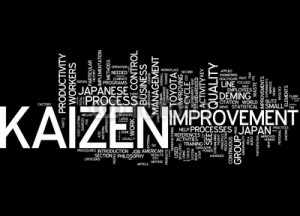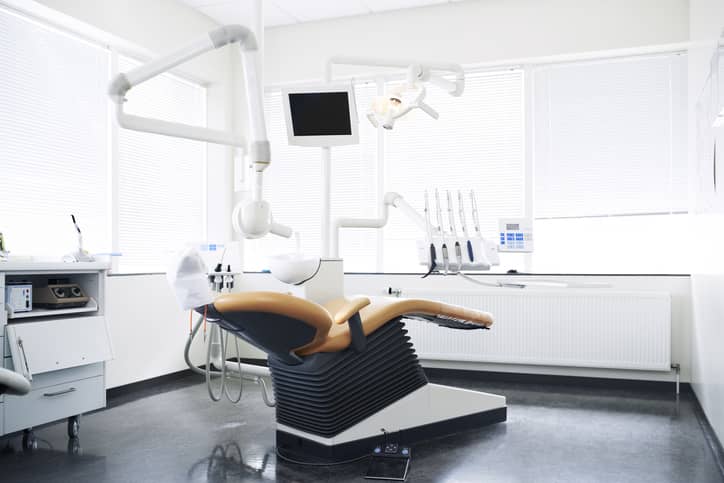 What Exactly Is Kaizen?
What Exactly Is Kaizen?
Taken from the Japanese word for improvement, change for the better, or continuous improvement, the concept of Kaizen has evolved since the 1950s into a business strategy of making small, but continuous changes for the better in company operations. These changes can range from manufacturing steps to productivity, inventory or quality control matters.
Kaizen involves every employee and strongly encourages suggestions for improvements, even if they are minor as long as improvements continue. Suggestions coming from all levels of the workplace, from the assembly line to the CEO office, are examined and implemented if useful.
It is a mind-set and management philosophy that extends company wide and is ongoing.
Starting in post WW II Japan when its economy and manufacturing were in shambles, Kaizen has grown beyond the manufacturing field to a number of companies and industries including Goodwill, a mail-order candy business and telecommunications, according to the Kaizen Institute website.
Kaizen looks at an entire company with a focus on key areas: quality, costs, logistics, staff motivation, safety, technology and, most recently, the environment. The management system examines all steps of a company process from its suppliers on through to the customer for ways to simplify, improve or reduce cost, the website said.
What is 5S?
The philosophy has also melded with other strategies such as Lean business practices and the 5S outlook.
The 5S philosophy is another concept to emerge from Japanese business models and involves: Sort (Seiri), Set in Order (Seiton), Shine (Seiso), Standardize (Seiketsu), and Sustain (Shitsuke).
Under 5S protocol, think of a highly organized tool bench where every tool is in a logical place for its use in the order it’s needed and arranged so that anyone knows exactly where to find it. 5S also involves clearing the bench of extraneous tools and cleaning the area after use so every tool is back in its place for the next person.
Using 5S, a company should be able to operate with less space as tools are organized, materials labeled and color coded and kits could be created containing only what is needed to perform a task, the EPA website said. Following the principle can reduce waste along with energy and raw material use and is often the first step companies take in the lean method.
Training & Certification
The website for the Kaizen Institute, which provides training in Kaizen, said companies can use Kaizen to improve operations with little capital expenditure. That’s one of its goals. Among the potential benefits are more rapid product turnover and reduced inventory, more flexibility in operations, better quality and productivity and a more rapid return on investment.
Training in Kaizen can be applied to all levels of a company with trainees first taught its principles and philosophy before moving to methods of reducing costs and waste along with reducing setup and down times. Trainees also would learn about Total Quality Management, 5S and develop a Kaizen quality matrix, according to the Kaizen Institute website.
Real Life Instances of Kaizen Being Used
A century-old mail order candy company wanted to boost productivity by 30% and cut the work process by half, bringing in consultants from the Kaizen Institute, its website said. They found one worker had a cumbersome process to enter an order starting with walking to get thousands of pieces of mail then manually feeding each through an opener, paper clipping each to the envelope, stacking them, more walking and then typing each order into a computer.
Part of the simplification eliminated walking to fetch the mail and the sorting. The Kaizen steps resulted in a redesign of the department’s process and met the company’s reduction and improvement goals, the site said.
In England, Leyland Trucks wanted to cut costs and improve its European market share, according to an article on the website for The Times 100 Business Case Studies, and the company employed Kaizen methods for the improvements. The methods produced more than 200 ideas from rank and file employees. Many of these ideas led to results that included a 10% reduction in defects per truck, 20% lower inventory, increase in on-time delivery by 95%, fewer injuries and reducing the distance workers had to walk to do their jobs by 25%.



